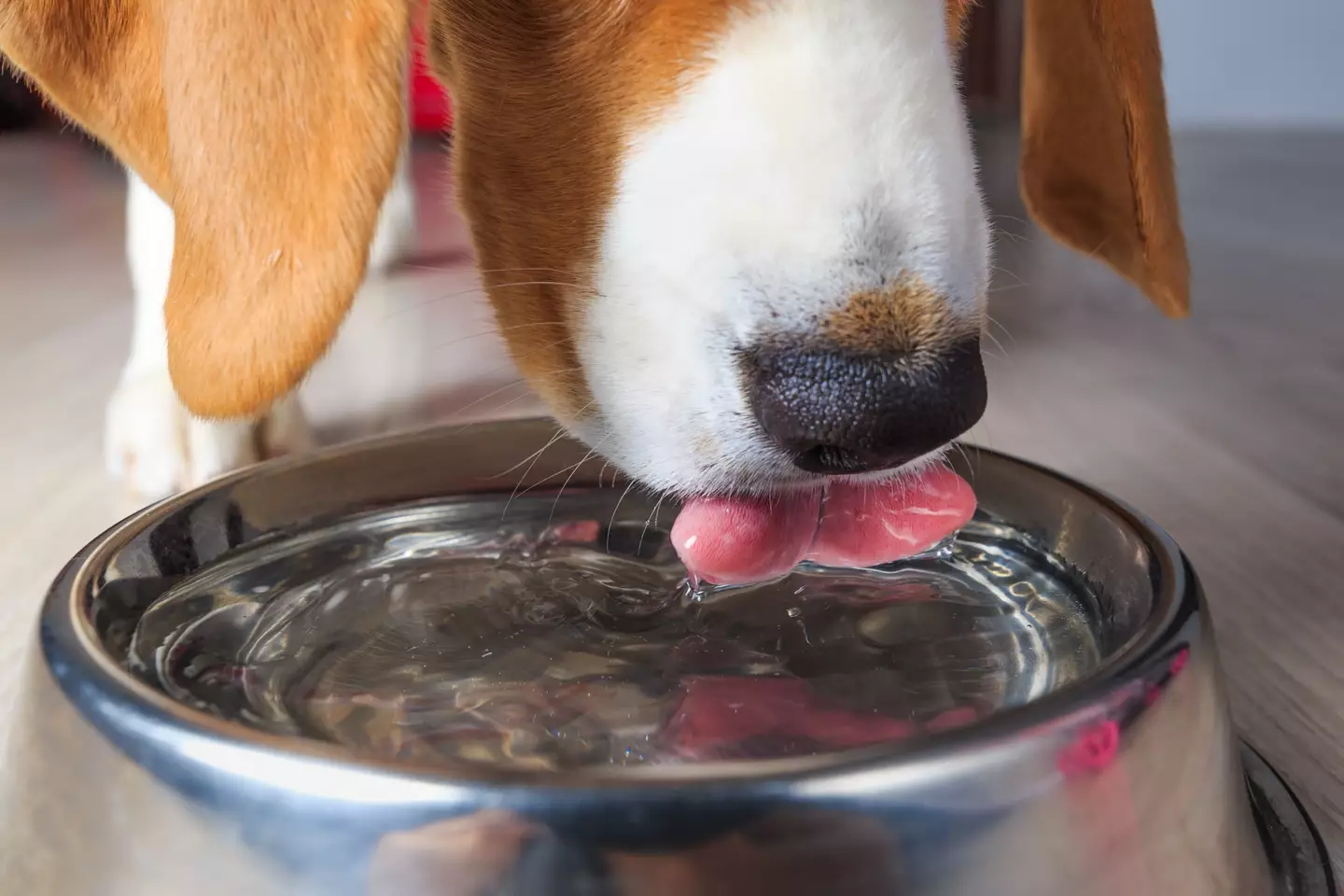
In these hydration-conscious times, if you haven’t got yourself a reusable stainless steel water bottle, possibly with potent insulation abilities, then you’re missing out.
They’re convenient, easy to clean, portable, and they help you to cut down on your individual plastic waste.
However, whether you’ve sprung for the high-end Chilly’s or opted for the least offensive-looking option for £15 on Amazon, there’s a good chance you aren’t cleaning your trusty hydration companion as often as you should.
Speaking to Simply Recipes, one expert reckons our under-cleaned bottles are a recipe for making ourselves ill.
Advert

Jessica Ek, a spokesperson from the American Cleaning Institute and presumed party animal, said: “The inside of a water bottle is the perfect damp environment for germs or mould to spread.
“Eventually, that could make you sick.”
So, how worried should we be?
Advert
According to a study from Treadmill Reviews: quite. When they aren’t reviewing treadmills, they’re enlisted researchers to swab a dozen water bottles used by athletes that had gone unwashed for a week.
They swabbed various types, including screw-top, slide-top, squeeze-top and straw-top bottles, and made some shockingly gross discoveries.
On average, they had over 300,000 colony forming units of bacteria per square centimetre.
The average dog bowl has around 50,000 of those so… yeah. It’s hard to believe that creatures who lick their own privates, eat poo at any given opportunity, and never brush their teeth could have dirtier water bowls than we humans, but apparently that’s the case!
Advert
The Treadmill Reviews study found that slide-top bottles had the most bacteria, with straw-tops unsurprisingly having the fewest.
With all that in mind, how often should you wash your bottle? According to Ek, you really don't want to be leaving it as long as a week.
“After a week, that water bottle has more bacteria than a pet bowl," she said.
"After a month? That’s a lot of opportunity for germs to spread.”
Advert
To wash yours by hand, here’s the method Ek proposed: “Fill the water bottle with water and dish soap.
“Soak the other pieces—like a lid or any straws—in a bowl of soapy water.

“If you have a bottle brush, use it to scrub the inside of the bottle and all the hard-to-reach spots in the lid.
Advert
“Rinse everything thoroughly and dry. It can help to turn it upside down to let all moisture seep out.
“Make sure it’s completely dry before putting it back together or it could become musty.”
Alternatively, you can fill your bottle with boiling water from the kettle, put the lid on and leave it to scald all the bacteria to death for a few minutes. Good luck to any bacteria trying to survive that environment!
